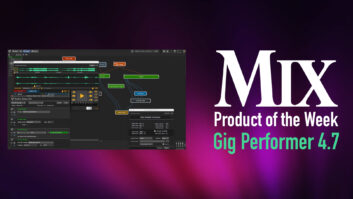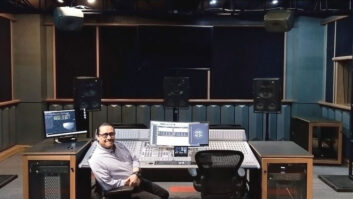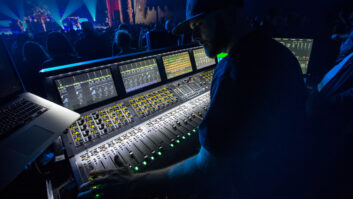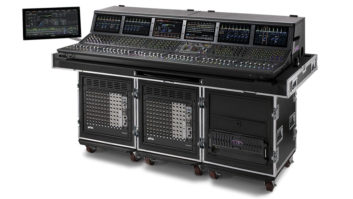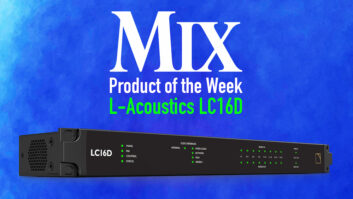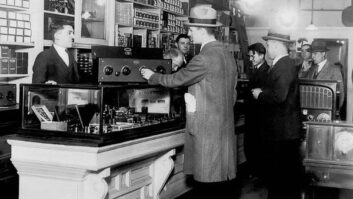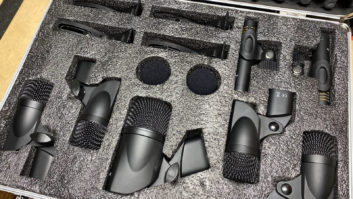Digigram, a PC audio interface and network audio device manufacturer, revealed its EtherSound-based product plan for a 5.1 or 7.1 multichannel radio automation infrastructure at the AES convention in Barcelona (May 28-31). By tripling or even quadrupling the number of discrete audio signals, multichannel broadcasting challenges traditional installation schemes built on analog or AES/EBU cabling and the resulting one-connector-per-mono/stereo-signal paradigm. Digigram’s network-centric approach uses EtherSound technology and standard Ethernet components to distribute the audio to help broadcasters and their suppliers cut costs on cabling and rack space, and increase the routing flexibility.
The IBC convention (Amsterdam, September 8-14, 2005) will be the site of the first public demonstrations of these EtherSound products. Shipment is scheduled for Q4 2005.
From AES until the end of the year, Digigram will launch a number of different PCI sound cards with high channel-count EtherSound connectivity and EtherSound audio bridges with AES/EBU I/Os that are shaped similarly to the existing ES8in and ES8out models, to embody the concept.
Philippe Delacroix, Digigram managing director, anticipates that the move to multichannel broadcasting will oblige the market to rethink how the servers are linked to on-air consoles and transmitters: “A traditional live-assist application will call for four stereo outputs–two play-list feeds, an advertising feed and a jingle feed–while recording simultaneously to the hard disk. More advanced systems will add two more stereo signals; for example, an additional play-list and a cue output.
Delacroix continues, saying that, “Everybody has adapted to this situation, but it gets completely out of hand if you need to move from two to six or even eight discrete signals per feed. In many existing radio facilities, there simply won’t be enough PCI slots in the server computers to stack the sound cards and cable run space to broadcast in 5.1 or 7.1 format in the traditional way.”
EtherSound networks provide transmission of up to 64 channels per cable in 24-bit PCM audio at 44.1 or 48 kHz quality in each direction, plus bi-directional control/monitoring data, with an extremely low latency of only six samples (125 microseconds at 48 kHz).
Digigram announces that it will extend its PCX and VX sound cards ranges with EtherSound-enabled models, which will inherit the embedded processing power of these sound cards and offer traditional analog and AES/EBU I/Os. Additionally, Digigram will launch a new range of linear sound cards that will be limited to EtherSound connectivity only but offer a higher channel count than the PCX and VX models.
Digigram is already working with broadcast console manufacturers to make their products directly EtherSound-ready. To connect the parts of the broadcasting infrastructure that do not yet offer EtherSound connectivity, Digigram will extend its line of rack-mountable EtherSound bridges, which already includes various products with analog I/Os, with models featuring AES/EBU inputs and outputs.
For more information, please go to www.digigram.com.
